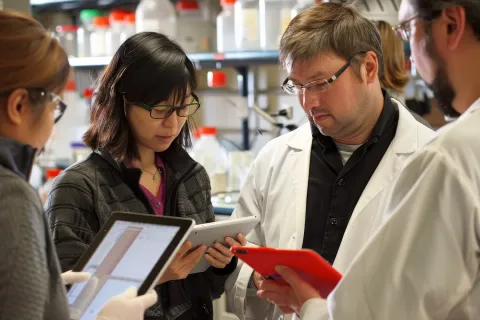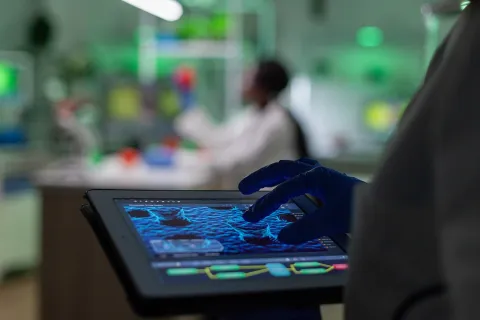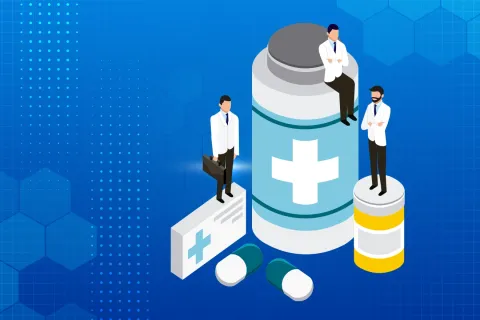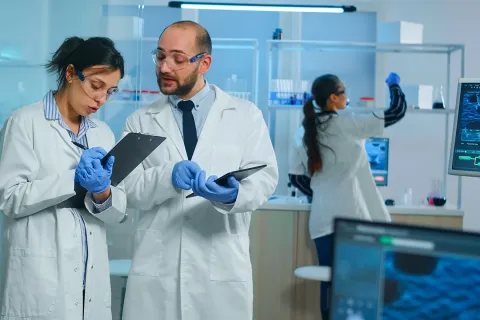In the pharmaceutical industry, the quality, safety, and efficacy of drugs are paramount. One of the key Regulatory frameworks that guide these efforts is Current Good Manufacturing Practices (cGMP). This blog explores the fundamentals of cGMP, its significance in drug production, and how pharmaceutical companies can effectively implement these practices to maintain high standards.
What is cGMP?
Current cGMP are regulations enforced by the Food and Drug Administration (FDA) to ensure that products are consistently produced and controlled according to quality standards. cGMP covers all aspects of production, from the starting materials, premises, and equipment to the training and personal hygiene of staff. Detailed, written procedures are essential for each process that could affect the quality of the finished product.
The Importance of cGMP Manufacturing
Ensuring Drug Safety and Efficacy
cGMP regulations ensure that drugs meet the necessary quality standards for their intended use. This includes guaranteeing that products are contamination-free, have the correct ingredients, and are produced in a controlled environment. By adhering to cGMP, pharmaceutical companies can minimize risks associated with drug production, such as mix-ups, adulteration, and mislabeling.
Compliance with Regulatory Requirements
Adherence to cGMP is not optional; it is a legal requirement in many countries. Non-compliance can result in severe consequences, including product recalls, fines, and criminal charges. For companies operating globally, cGMP compliance is crucial for entering and maintaining their position in international markets.
Maintaining Consumer Trust
Consumers rely on the efficacy and safety of pharmaceutical products. cGMP compliance helps build and maintain consumer trust by ensuring products are produced to the highest quality standards. This trust is essential for the reputation and success of pharmaceutical companies.
Key Components of cGMP
Quality Management System (QMS)
A robust QMS is the foundation of cGMP compliance. It encompasses all aspects of a company's operations that impact product quality, including quality policies, objectives, procedures, and responsibilities. A QMS ensures a systematic approach to managing quality across the organization.
Standard Operating Procedures (SOPs)
SOPs are detailed, written instructions to achieve uniformity in performing specific functions. They are crucial for maintaining consistency and ensuring that every manufacturing process is performed correctly and consistently.
Documentation and Record Keeping
Accurate documentation and record-keeping are vital for cGMP compliance. Every step in the manufacturing process must be documented to provide a complete history of each product batch. This includes raw material specifications, process control records, and distribution records.
Personnel Training and Hygiene
Proper training is essential to ensure the personnel understand cGMP requirements and can perform their tasks correctly. Personal hygiene standards must be maintained to prevent contamination of products.
Facility and Equipment Maintenance
Facilities and equipment must be designed, operated, and maintained to prevent contamination and errors. Regular maintenance, calibration, and validation of equipment are necessary to ensure they function correctly.
Quality Control and Quality Assurance
Quality control involves testing and verification to ensure that products meet specifications and quality standards. Quality assurance focuses on ensuring that manufacturing processes are performed correctly and consistently. Together, these functions ensure that only products meeting the highest standards are released to the market.
Implementing cGMP in Pharmaceutical Manufacturing
Conduct a Gap Analysis
A gap analysis helps identify areas where current practices do not meet cGMP requirements. This is the first step in developing a comprehensive plan to achieve full compliance.
Develop and Update SOPs
Ensure that all SOPs are up to date and reflect current practices. Involve staff in the development of SOPs to ensure they are practical and effective.
Invest in Training and Development
Regular training programs should be implemented to keep staff updated on cGMP requirements and any changes in regulations. Training should cover all aspects of cGMP, including hygiene, documentation, and equipment maintenance.
Implement a Robust QMS
A QMS should be developed to cover all aspects of quality management. This includes quality policies, procedures, and responsibilities. Regular audits should be conducted to ensure the QMS is effective.
Regular Audits and Continuous Improvement
Conduct regular internal audits to identify areas of non-compliance and opportunities for improvement. Use the findings from these audits to make continuous improvements to processes and practices.
Leverage Technology
Modern technology can aid in cGMP compliance. For example, electronic documentation systems can help maintain accurate records, and automated equipment can reduce the risk of human error.
Conclusion
cGMP compliance is essential for ensuring the quality, safety, and efficacy of pharmaceutical products. By understanding and implementing the key components of cGMP, pharmaceutical companies can maintain high standards in drug production, comply with Regulatory requirements, and build consumer trust. A proactive approach to cGMP, involving regular audits, continuous improvement, and leveraging technology, can help companies stay ahead in the competitive pharmaceutical industry.










